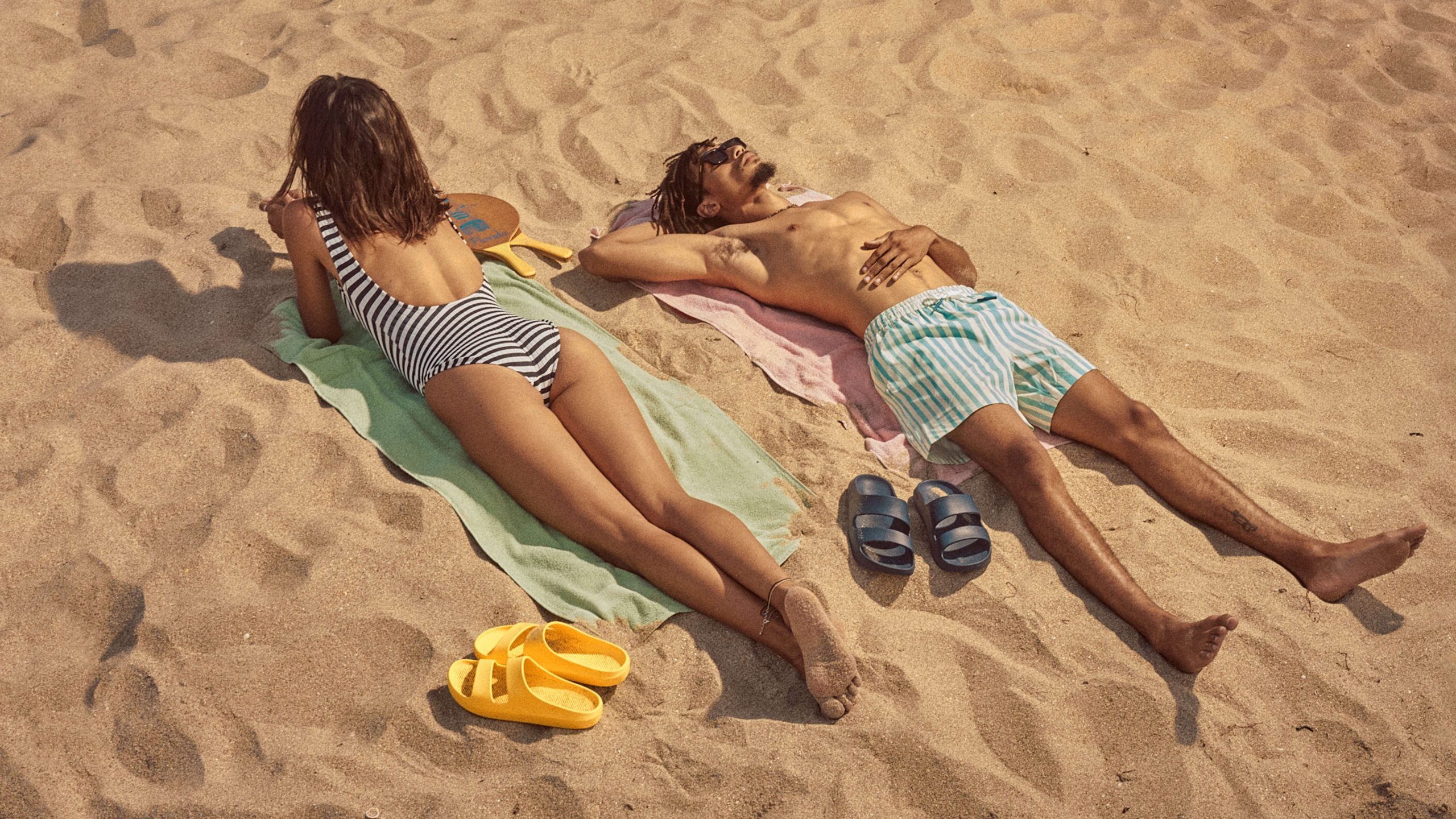How the EVA sandal became the shoe of the summer
How the EVA sandal became the shoe of the summer
Emboldened by Crocs, every shoe brand seems to have an EVA sandal now. Can the industry ever break up with its favorite plastic shoe?
A curious takeover has been happening underfoot. If you’re a runner, you may be familiar with EVA, the squishy, foamy material that gives your shoes that shock-absorption capacity. For decades, EVA was relegated to the midsole layer of your sneaker. But over the past five years or so, the material has transcended fitness and taken over a much larger chunk of the footwear industry—namely the sandal.
These days it seems as if every brand has its own version of an EVA sandal or slide. There’s Birkenstock’s EVA Arizona (a foam version of the brand’s signature sandal), Teva’s Hurricane sandal, and Nike’s Calm Slide. The list also includes Hoka, Yeezy, and, as of April 16, Bombas, whose brand-new Friday Slide comes in five colors and is so popular that the brand sold four times more than predicted in the first week of its release.
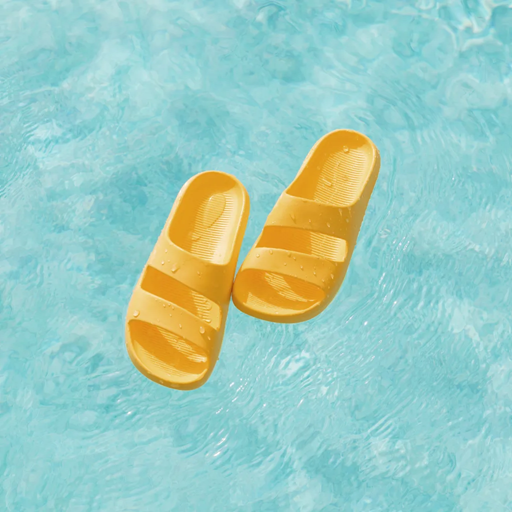
Indeed, the global EVA market is growing rapidly. It accounted for more than $11 billion in 2023 and is expected to surpass $19 billion by 2032. According to a recent report, the demand for comfortable, lightweight footwear (particularly in the athletic and casual markets) is a significant driver for this growth.
But when did everyone decide it was cool to wear a sponge on their feet? It turns out, EVA has a long history in the shoe world.
A brief history of EVA
In the 1970s, most running shoes had rigid soles made of rubber. Then in 1975, Brooks incorporated EVA into its Villanova shoes. EVA belongs to a class of “elastomeric” compounds called polymers, which means they have elastic properties (these compounds come from fossil fuels). The material provided cushioning and the right amount of give, and soon it became the material of choice for most fitness brands, including Nike and Saucony, the latter of which introduced the first molded EVA dual-density midsole—a firmer density of EVA—in 1993.
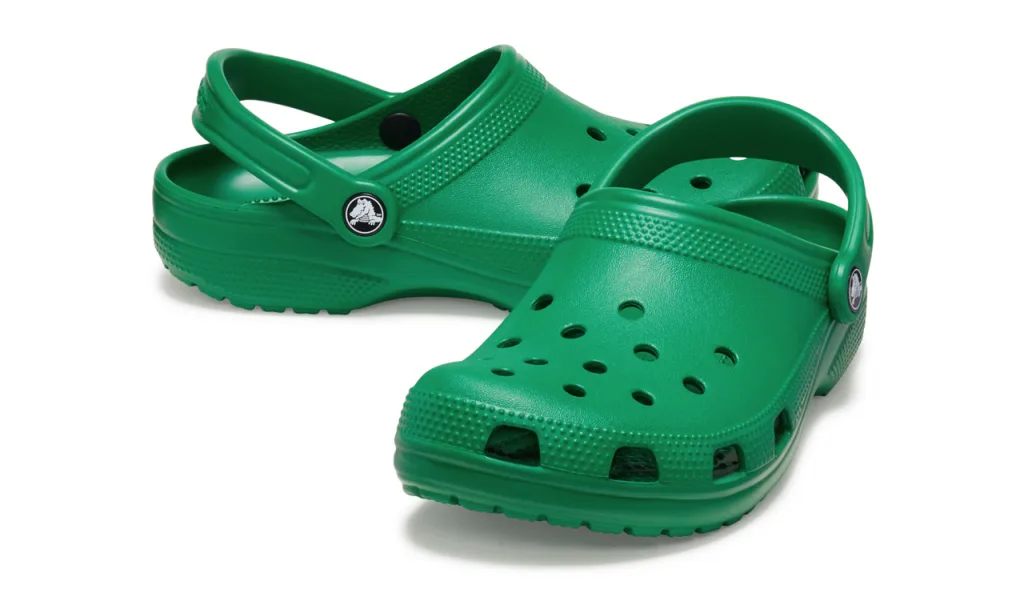
EVA remained primarily in athletic footwear until Crocs came along in 2002. Technically speaking, Crocs are made of Croslite, a proprietary material comprised of polyethylene vinyl acetate (aka PEVA or EVA for short). Crocs was the first brand to make an entire shoe out of EVA. “If there was another company that came before, it was really Crocs that brought [EVA] to the mainstream,” says Beth Goldstein, executive director and industry analyst at the market research company Circana.
Emboldened by the success of Crocs and its recent comeback, other brands followed suit, most notably Birkenstock, which launched its EVA sandal in 2015 for half the price of its cork-and-leather counterpart. A 2024 report states that EVA sandals are now the most popular Birkenstock shoe among teens in the U.S., and Goldstein notes that the brand has been successful without cannibalizing sales of its leather Arizona offerings.
A convergence of trends
There’s a reason why the EVA sandal in particular is such a popular choice for shoemakers, and it’s one of fashion stars aligning. The EVA sandal has found itself at the center of a trends Venn diagram. First, it aligns with the “2-mile fashion” trend, which is defined by cozy and comfortable clothing that can be worn within a 2-mile radius of your home. “It’s the summer version of the slipper,” says Lucila Saldana, footwear and accessories strategist at global trend forecasting company WGSN.
Second, the material also takes on color really well, giving people a way to express themselves in whatever shade they want. And third, the EVA sandal piggybacks on the “recovery shoe” trend, with offerings like the Oofos Oolala sandal (which is not actually made of EVA but a different kind of proprietary technology), Hoka’s Ora recovery slide, and the Mellow Recovery slide from Crocs. As Highsnobiety reports, “Nearly every brand that makes running sneakers also makes a squishy slide intended to be worn after a tough jog.”
Apparently, the strategy has worked. Circana’s Goldstein couldn’t share exact figures, but confirmed that it’s “seeing sales growth in the recovery space across a number of brands.”
Another factor in the EVA slide’s popularity has been cost. “In an environment in which wallets are pressured and weather is volatile, these may seem like a better investment than more expensive sandals, especially since they can be worn with socks (a polarizing topic),” Goldstein said in an email, noting the latter could be a marketing opportunity for Bombas, which is first and foremost a sock brand.
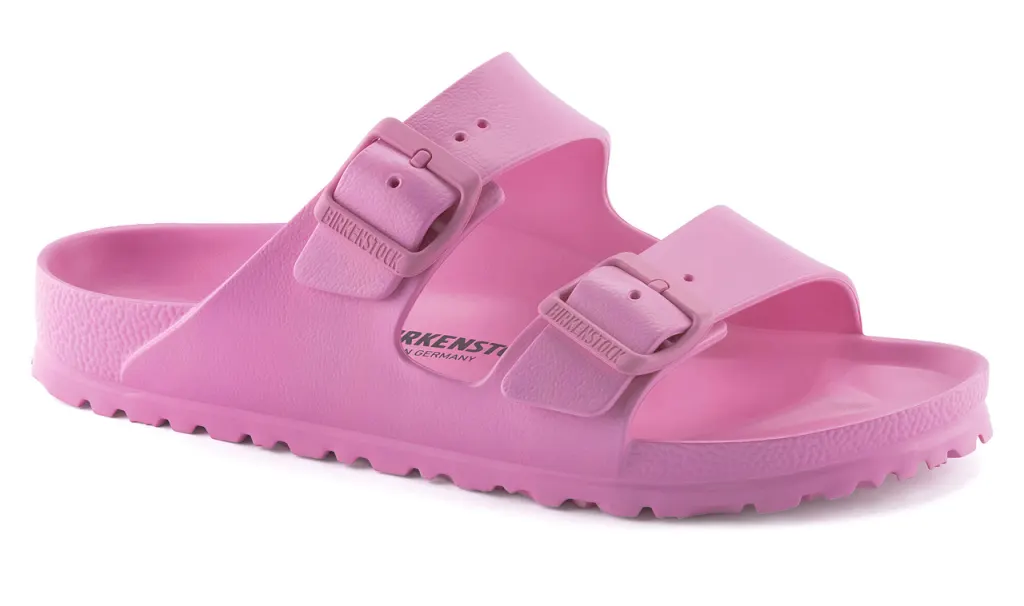
Bombas’s Friday Slide costs $48, or about the same as Birkenstock’s EVA Arizona (which retails for $49.40), though the Bombas team shies away from direct comparisons. “We try and design so that the products we make are the first things you want to wear,” says Randy Goldberg, Bombas’s cofounder and chief brand officer. “That is a driving motivation for our design process, and it’s the same for [the Friday Slide].”
The brand will apply its buy-one-give-one model to the Friday Slide as well, so for every pair you buy, it will donate a pair of socks, which is the most requested item in homeless shelters.
Three years in the making, the Friday Slide doesn’t have a particularly novel silhouette, but it is outrageously comfortable. The brand sent me a pair to try on, and having worn them for three weeks, I can confirm that they are so lightweight that I often forget I’m wearing anything on my feet.
I like that the upper sole is lined with anti-slip ridges, and that the lower sole has a carved honeycomb pattern that is grippy enough to help with traction but shallow enough to prevent pebbles and various debris from getting caught. I also like that the slide comes with zero straps and buckles, which Ian Velardi, VP of product design at Bombas, explains contributes to a sleek look and means there are fewer opportunities for something to break.
What I don’t like is that it’s 2024, and I am wearing yet another shoe made of plastic.
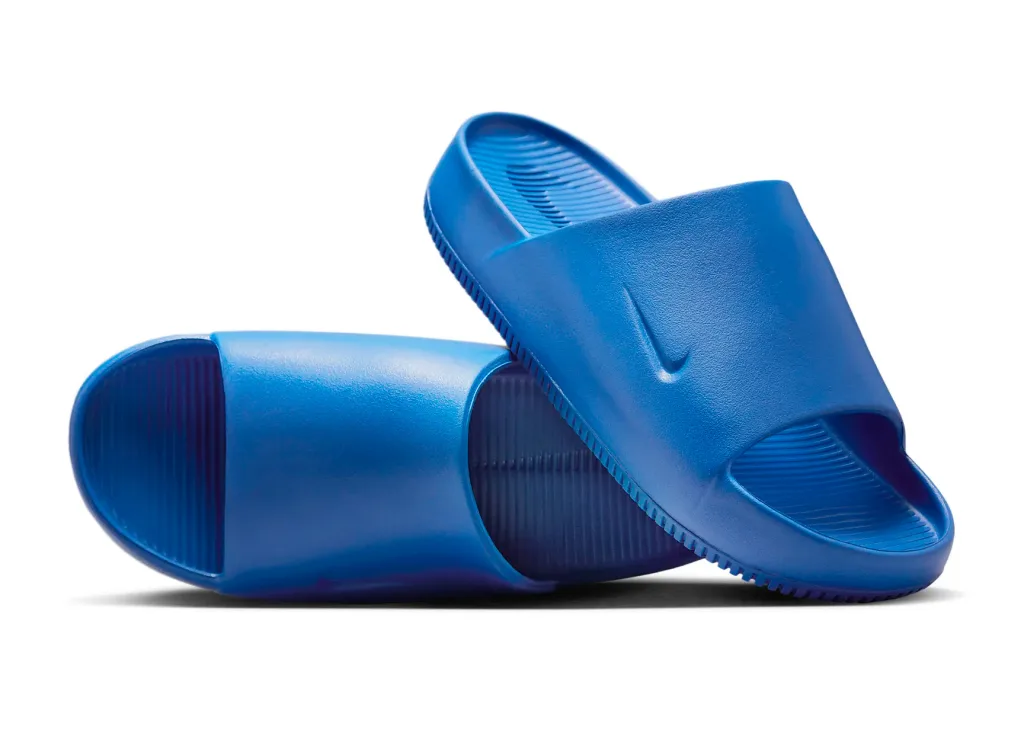
The EVA sandal plastic problem
EVA does not biodegrade, so the pair of sandals you bought for the summer will actually live on for centuries after you’re done wearing them. Disposed of incorrectly, they can leach microplastics into the soil or a nearby waterway.
EVA is cheaper to produce than a natural material like leather, so more brands are tempted to use it, and more people are tempted to buy it. Cost aside, one of the biggest arguments among EVA proponents has been that EVA is a monomaterial, which, in theory, eliminates the need to separate materials and helps recycling facilities streamline the process. That may be true, but it’s only useful “provided we can make sure we have a “100% recycling rate,” says Sahadat Hossain, the director of the Solid Waste Institute for Sustainability at the University of Texas at Arlington.
Technically, EVA can be recycled, but it requires specific equipment. Only 5% to 6% of the plastics sent for recycling actually get recycled in the U.S., which means the chances of your EVA sandals finding a new life is painfully slim.
Hossain says that EVA is often positioned as a healthier alternative to PVC—another common material in footwear—because vinyl chloride is a known human carcinogen, and EVA is free of it. But that is only half the picture because EVA remains bad for the environment. “Yes, you eliminated one problem, you made it comfortable, but you cannot call it sustainable,” he says, “because it’s plastic.”
A new era for EVA
The tides are slowly shifting, and some brands are already leading the way: Crocs has vowed to achieve 50% bio-based content with a bio-based material called Ecolibrium that was engineered in collaboration with global materials science company Dow. And in 2019, Yeezy released sneakers made of algae.
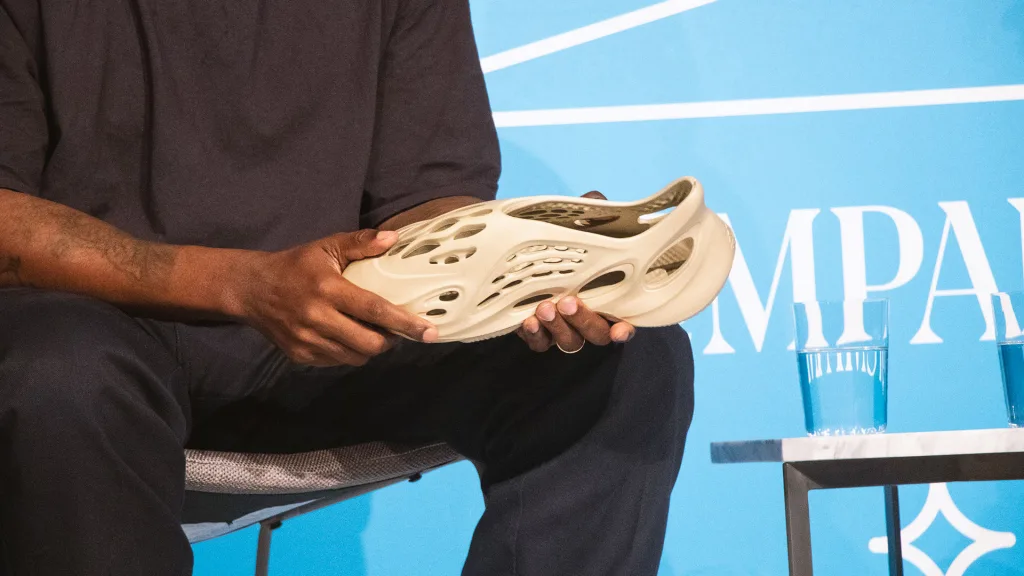
But despite the apparent push among big brands, it will take a long time for bio-based materials to go mainstream—first because they are costlier than petrol-based materials, and second because manufacturing processes aren’t yet set up to the level we need for them to have a real impact. “It’s not only the material we are talking about; we have to look at the production line,” Hossain says.
In the meantime, educating people about the environmental impact of their purchases—and helping them recycle their EVA slides—would be a good place to start. In late 2023, Crocs launched a take-back program in 10 U.S. states: People can return their used Crocs, no matter how worn. Bombas has a similar program in partnership with Trashie, allowing customers to order a $10 “take-back bag,” stuff it with up to 8 pounds of clothing and shoes—Friday Slides included—and mail it off be recycled or repurposed. But considering Americans rarely return things they buy online, will they take the time to return a scruffy sandal?
ABOUT THE AUTHOR
Fast Company
(22)


